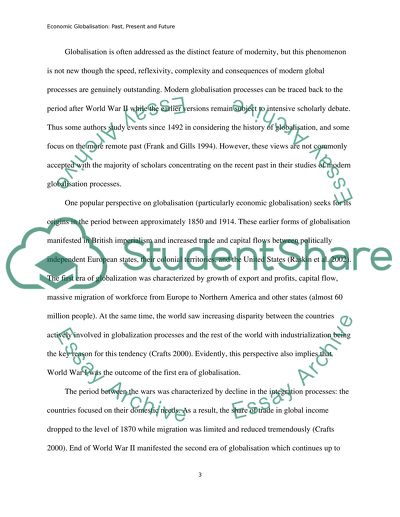Cite this document
(“Globalisation Essay Example | Topics and Well Written Essays - 2000 words - 3”, n.d.)
Globalisation Essay Example | Topics and Well Written Essays - 2000 words - 3. Retrieved from https://studentshare.org/miscellaneous/1542658-globalisation
Globalisation Essay Example | Topics and Well Written Essays - 2000 words - 3. Retrieved from https://studentshare.org/miscellaneous/1542658-globalisation
(Globalisation Essay Example | Topics and Well Written Essays - 2000 Words - 3)
Globalisation Essay Example | Topics and Well Written Essays - 2000 Words - 3. https://studentshare.org/miscellaneous/1542658-globalisation.
Globalisation Essay Example | Topics and Well Written Essays - 2000 Words - 3. https://studentshare.org/miscellaneous/1542658-globalisation.
“Globalisation Essay Example | Topics and Well Written Essays - 2000 Words - 3”, n.d. https://studentshare.org/miscellaneous/1542658-globalisation.


